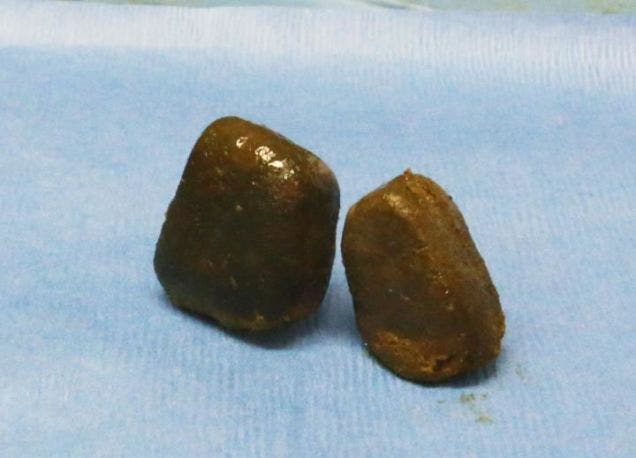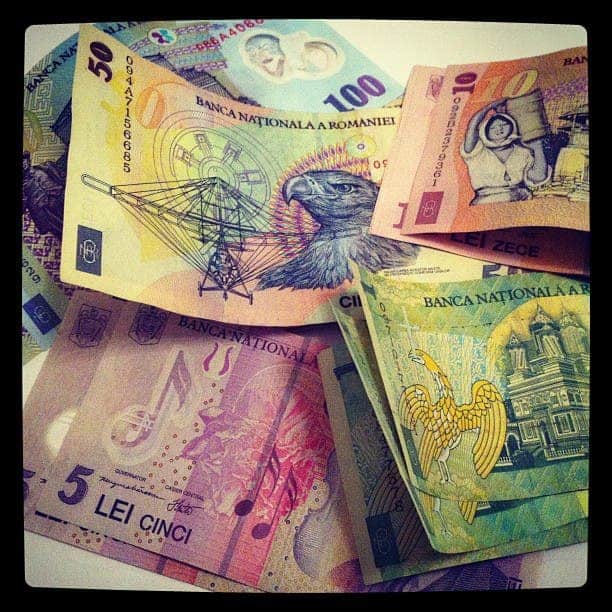
Every year, the Ig Nobel awards — a parody conference of the Nobel Prize awards — honor published scientific papers that “first make people laugh, and then make them think.” And like every year, this edition didn’t fail to both entertain and amaze us.
Patricia Yang and colleagues at the Georgia Institute of Technology won the Ig Nobel for Physics after they solved the riddle of how wombats make cube-shaped poop.
“The first thing that drove me to this is that I have never seen anything this weird in biology. That was a mystery,” said Yang. “I didn’t even believe it was true at the beginning. I Googled it and saw a lot about cube-shaped wombat poop, but I was skeptical.”

The researchers found that near the end of the digestive system, the poop turned from liquid to solid, and that’s when it becomes a cube. The group believes that the elasticity of the wombats’ intestinal walls allows for this process to take place, and at quite a high pace — wombats typically produce 80-100 cubes per night. The wombat’s dry environment also plays a role in its bricklaying.
Meanwhile, French researchers measured “scrotal temperature asymmetry in naked and clothed postmen in France.” According to Roger Mieusset, a researcher at Paul Sabatier University in Toulouse, a man’s left scrotum is slightly hotter than the right. The researchers, which received the Ig Nobel in Anatomy, say that their findings may explain why the left testicle hangs slightly lower than the right.
Did you know that pizza could stave off illness and even death? Now I’ve got your attention. Apparently, these were the findings of Silvano Gallus and colleagues who found eating pizza was associated with a reduced risk of breast, ovarian, and prostate cancer — but only if the pizza was made in Italy. In their study, the researchers acknowledged that the effect may be due to the overall Mediterranean diet that many Italians use and which numerous studies have recognized as one of the healthiest in the world.

Speaking of which, if you want to stay healthy, you might as well avoid handling Romanian currency. Andreas Voss and colleagues deliberately contaminated various banknotes — including the US Dollar, Romanian Leu, Indian Rupee, and Moroccan Dirham, among others — with bacteria and studied how much bacteria was transmitted when it was passed from hand to hand. The Romanian leu, which is made of plastic rather than paper, come out at the top. Voss and colleagues, who were awarded the Ig prize in economics, advise that we should all use a card or online transactions to avoid possibly dangerous bacterial contamination.
Every parent has wondered how much saliva their 5-year-old produces, right? A Japanese team has the answer: about 500 ml per day. Shigeru Watanabe, a professor of pediatric dentistry at the School of Health Sciences at Meikai University in Urayasu, and colleagues were awarded the Ig Nobel in chemistry for their work, which was originally made in 1995. Fritz Strack, of the University of Wurzburg, in Germany, won the psychology prize for “discovering that holding a pen in one’s mouth makes one smile, which makes one happier — and for then discovering that it does not.”
Each winner was awarded $10 trillion Zimbabwean dollars, which is worth a couple of cents, handed in a cup by a Nobel Prize laureate. The winners were invited on stage to deliver a one-minute acceptance speech while an 8-year-old girl bellowed “Please stop. I’m bored.”
The 29th Ig Nobel awards, which took place at Harvard University, paid tribute to Nobel Prize-winning physicist Roy Glauber, widely known for his keen sense of humor. For years, Glauber attended the Ig ceremonies and always helped sweep up afterward. He died in December 2018 at age 93.


